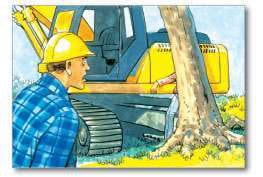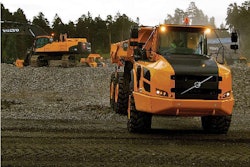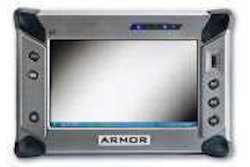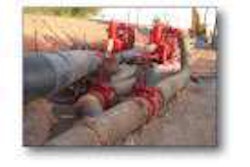
Safe operation starts with the basics
The accident: The contractor instructed an excavator operator to move dirt, clear debris and fill a trench, and then left the jobsite. Upon his return, he saw the excavator – which was an older model that had been purchased used – positioned over the trench, with the operator pinned to a tree and crushed by the machine. The contractor reached into the cab and pushed the joystick to free the operator; however, the cab rotated, pinning him to the tree as well. Although the contractor was able to free himself, the operator was already dead.
The bottom line: A post-accident investigation determined that although the excavator had a lock lever that disabled boom and arm movements as well as the swing function, the lock had not been activated. The cab door was open, indicating the employee was exiting the cab, and the bucket had not been lowered to the ground. Investigators reached the conclusion the victim had inadvertently bumped the excavator’s left control joystick with his leg, causing the machine to rotate counterclockwise and pin him to the tree. The cause of death was determined to be asphyxia from crush injuries and thoracic compression.
Forming good habits
The first – and easiest – step in preventing an accident such as this is as simple as developing a safe routine and sticking with it. Keep the following checklist in mind before exiting the machine:
• Lower the bucket or other attachment and position to prevent accidental movement
• Set the swing lock or brake and the parking or traction brake or lock
• Ensure the engine is no longer running
• Lock the ignition or starting circuit and remove the key.
And note: extra caution should always be exercised with older machines not equipped with current safety features.
Value your competent person
Your company’s competent person will have evaluated the site prior to work to identify potential issues. For this accident, a planning stage survey could have pinpointed the tree as a safety hazard because of its proximity to the trench. An appropriate control measure such as trench relocation would have prevented the accident. Ask if any risks were found during site evaluation, and if so, what control measures were taken to protect you and your fellow workers.
Information for this Safety Watch was compiled from an accident report, the Center for Disease Control’s NIOSH Fatality Assessment and Control Evaluation Program and the Association of Equipment Manufacturers. It is for general information only.










